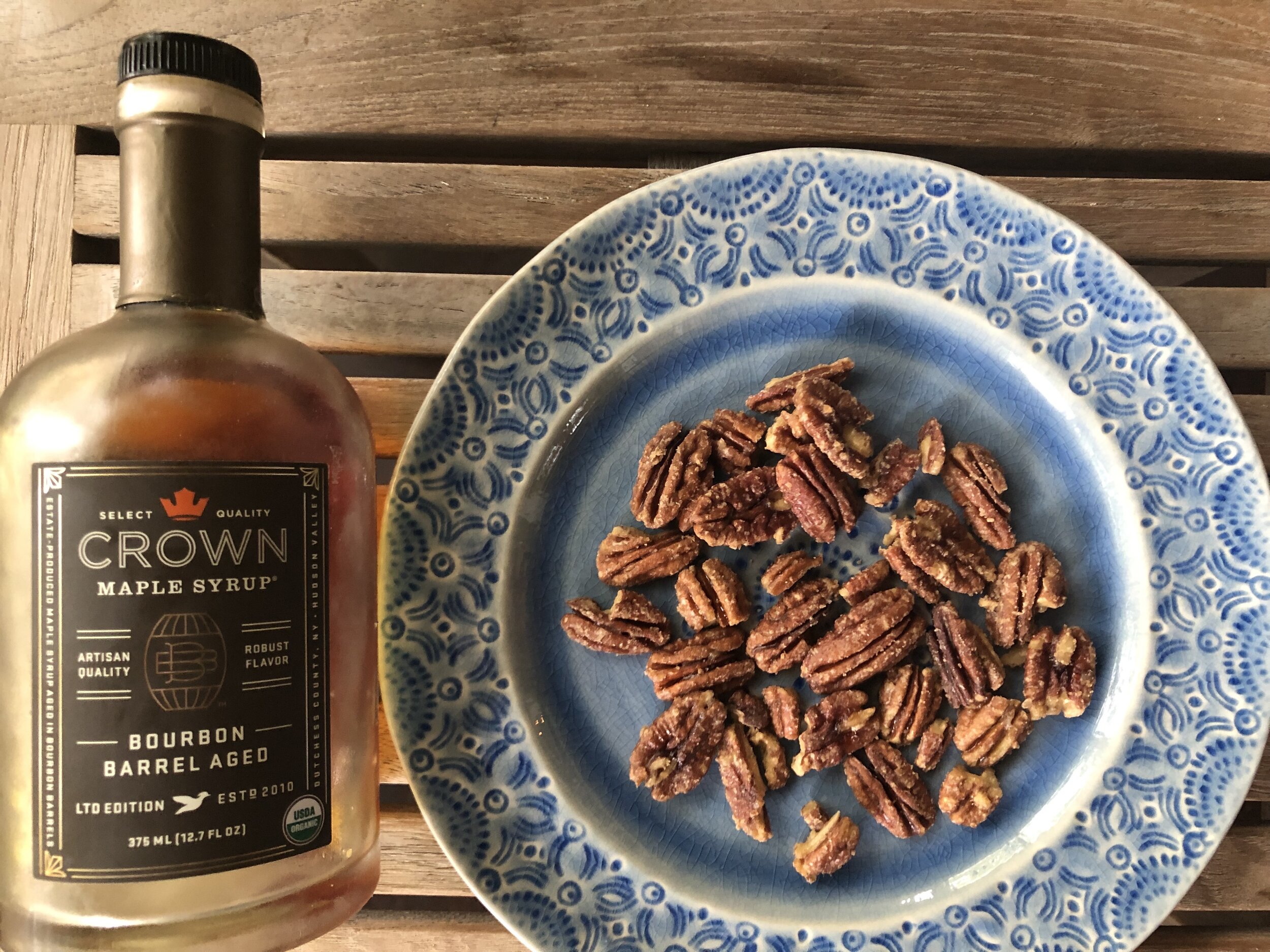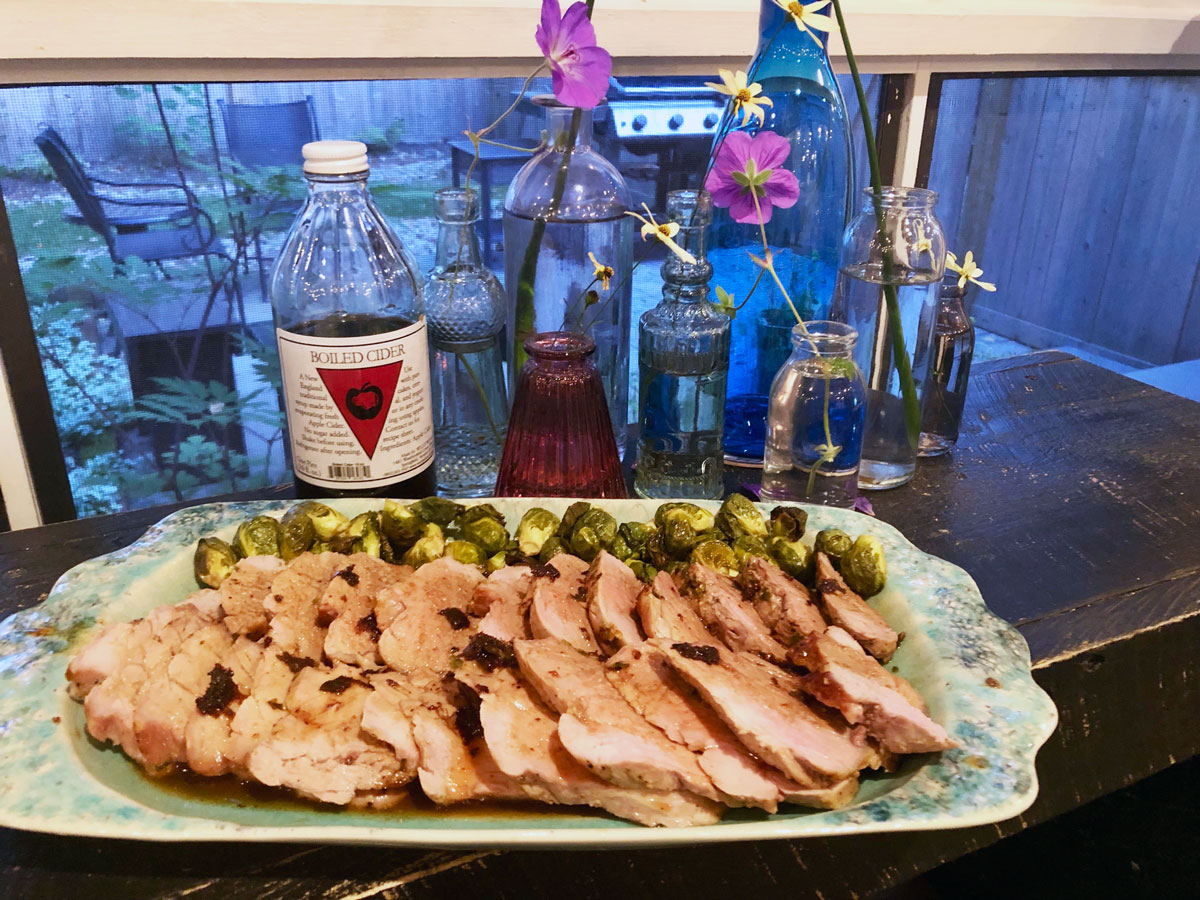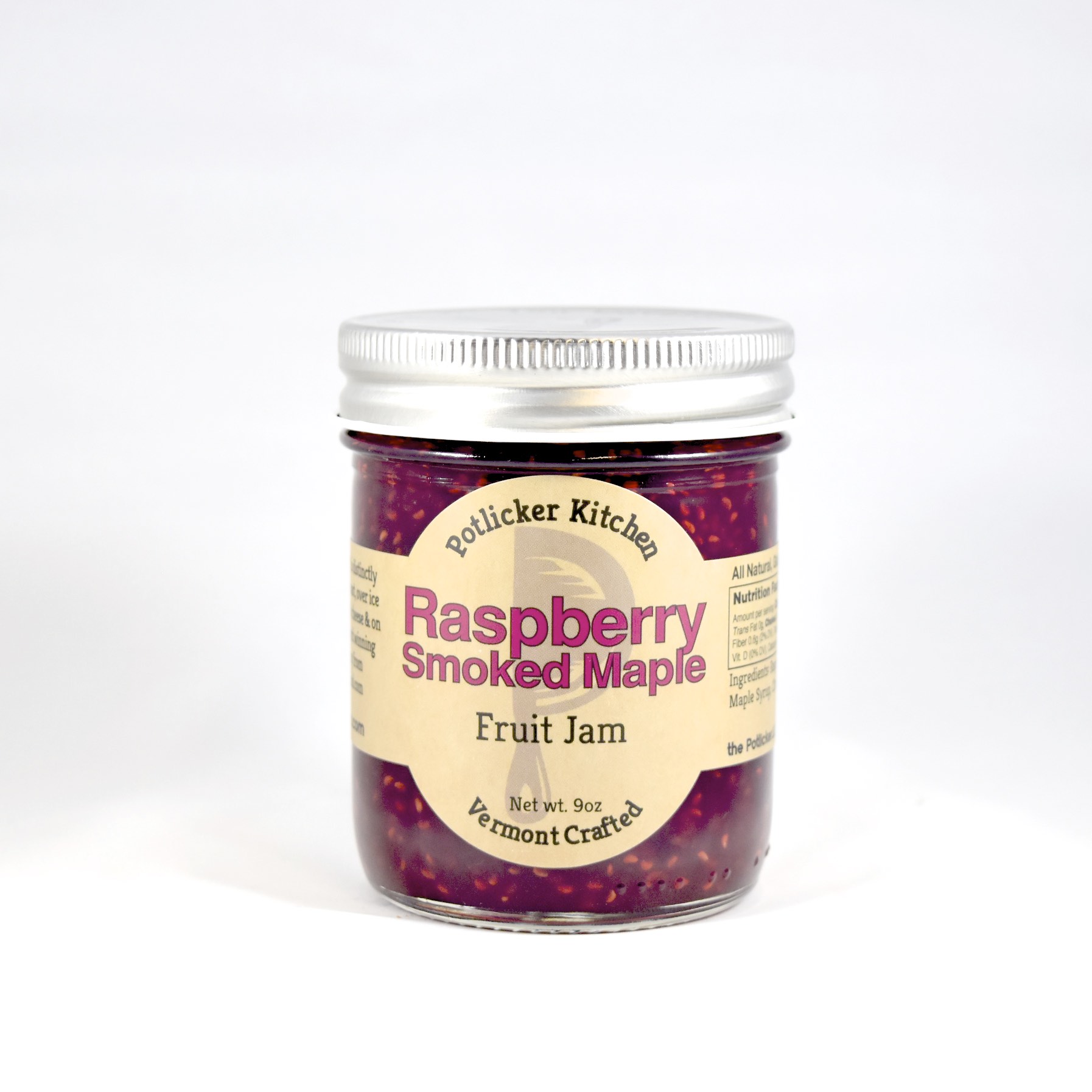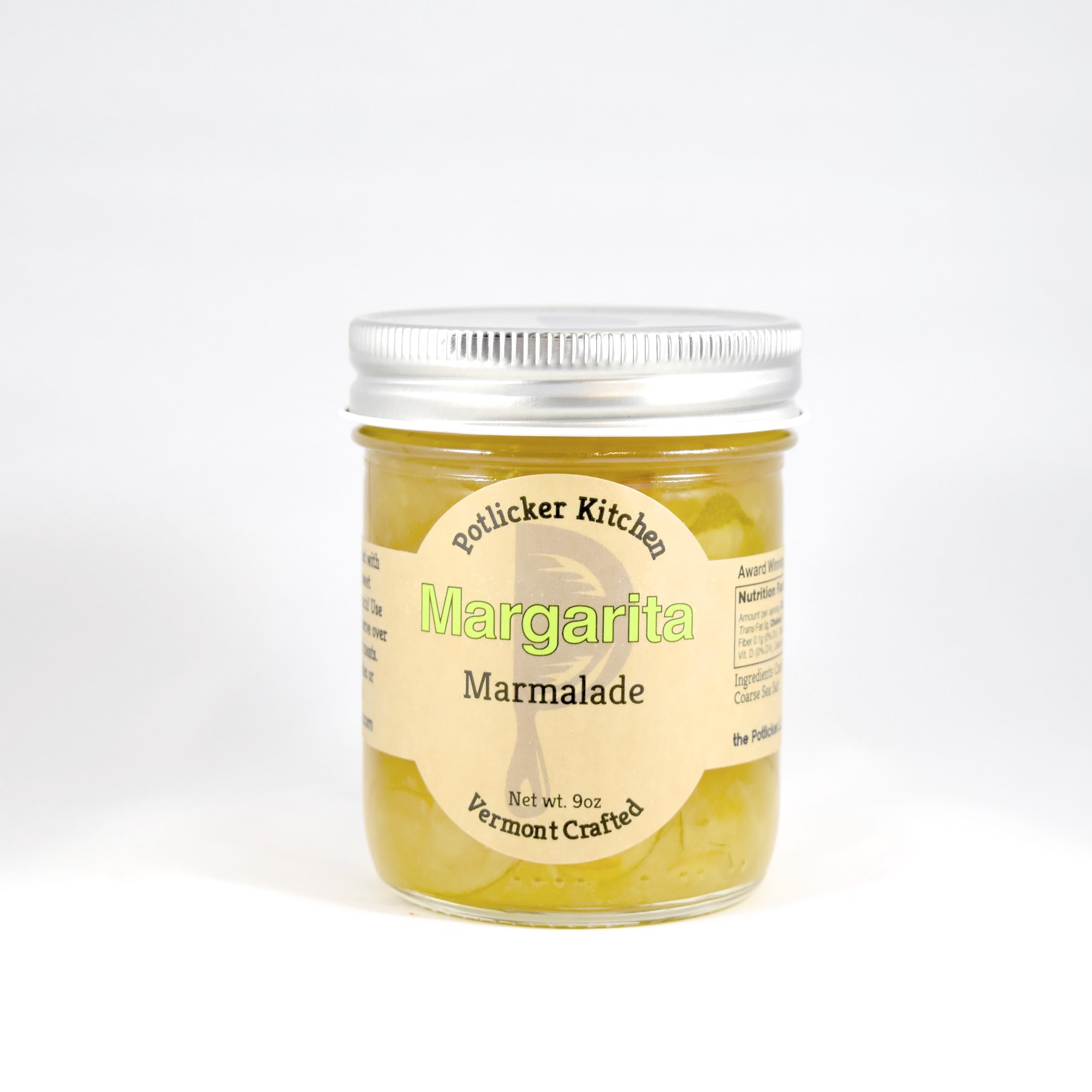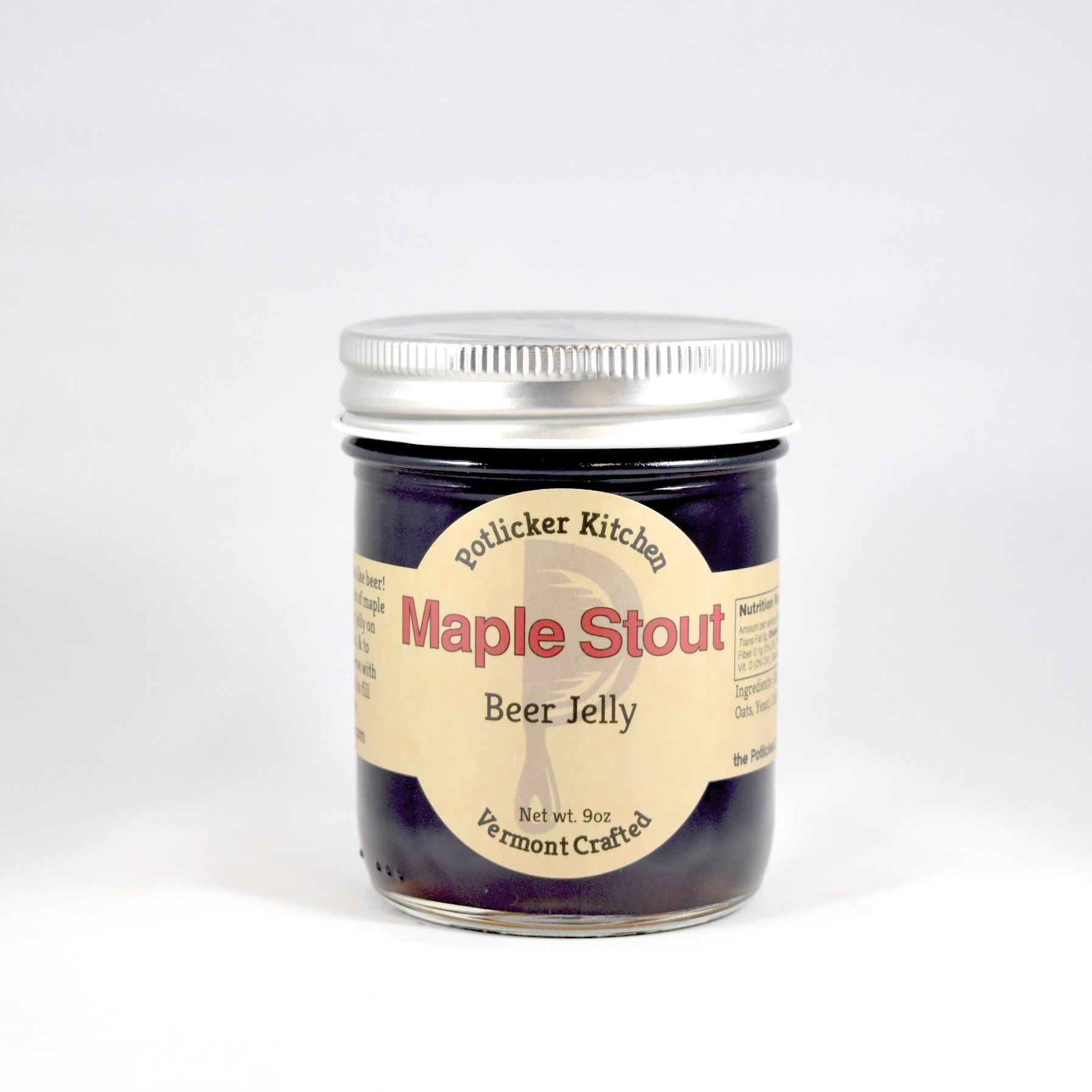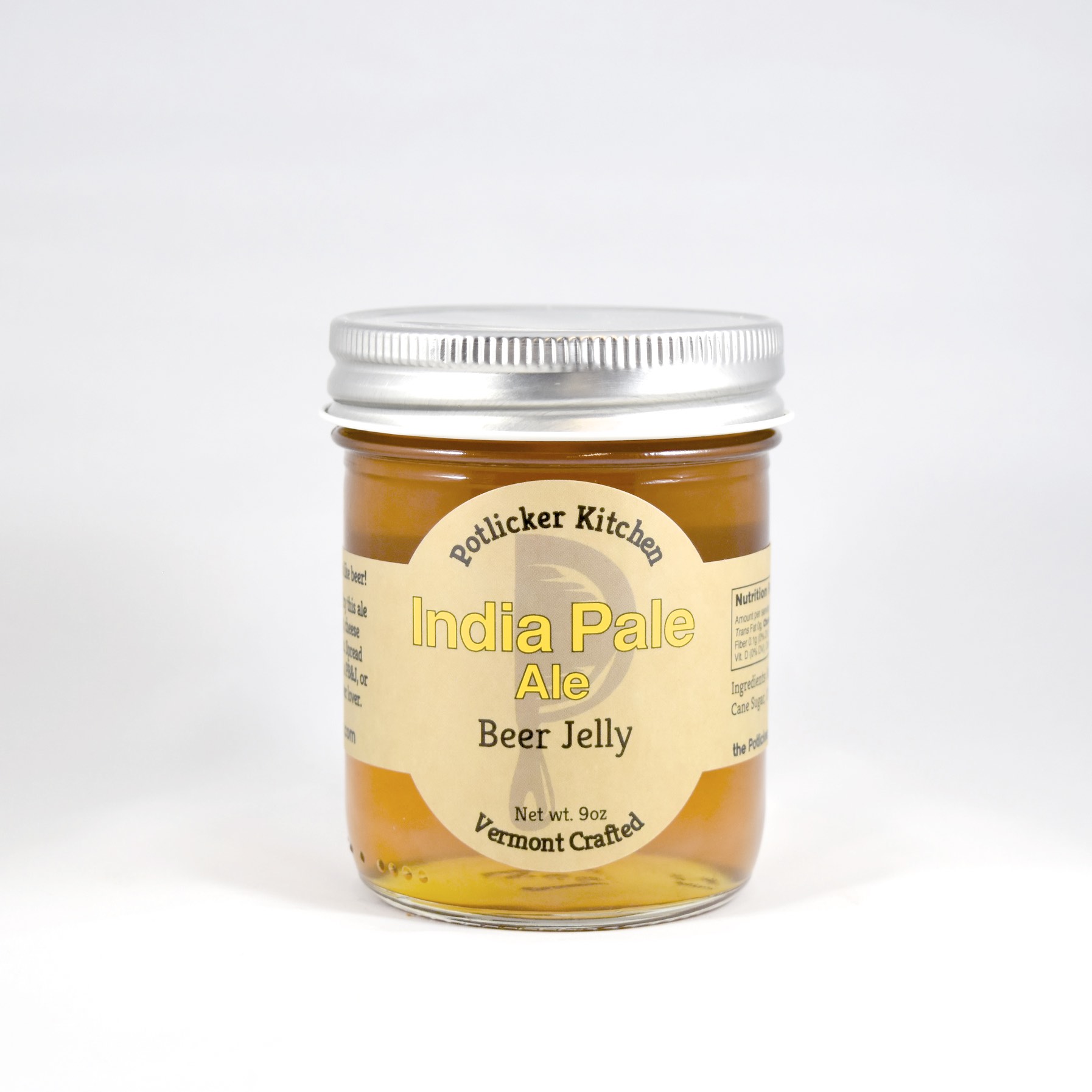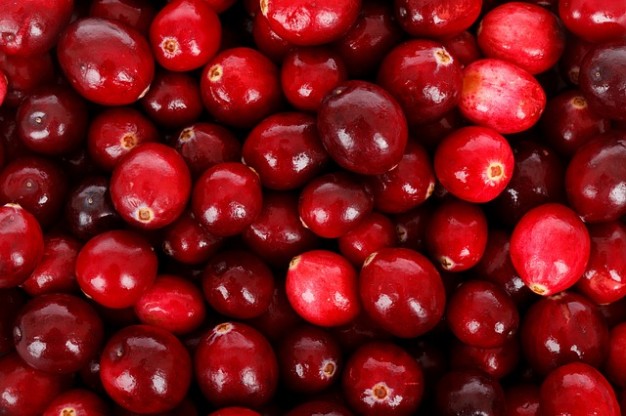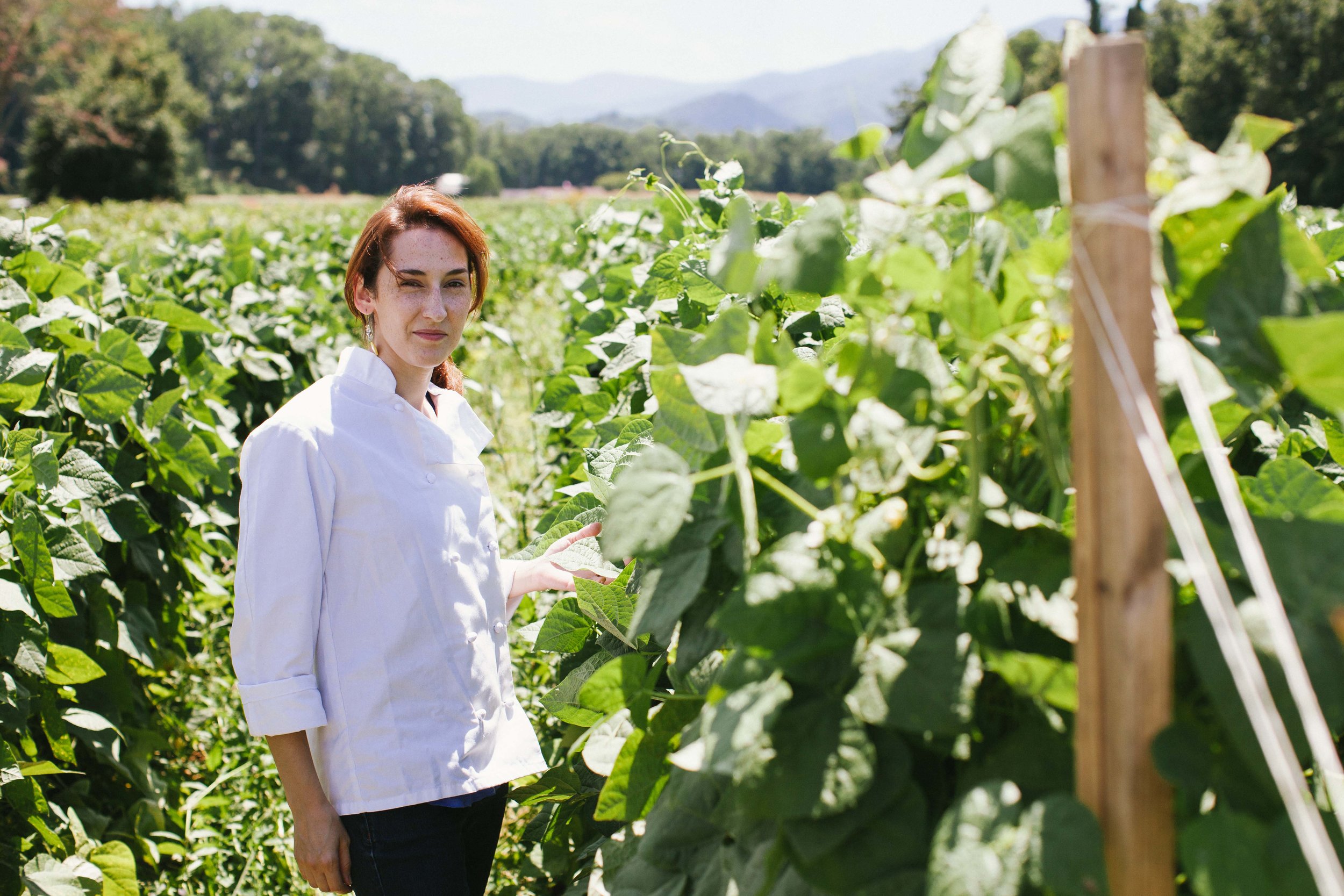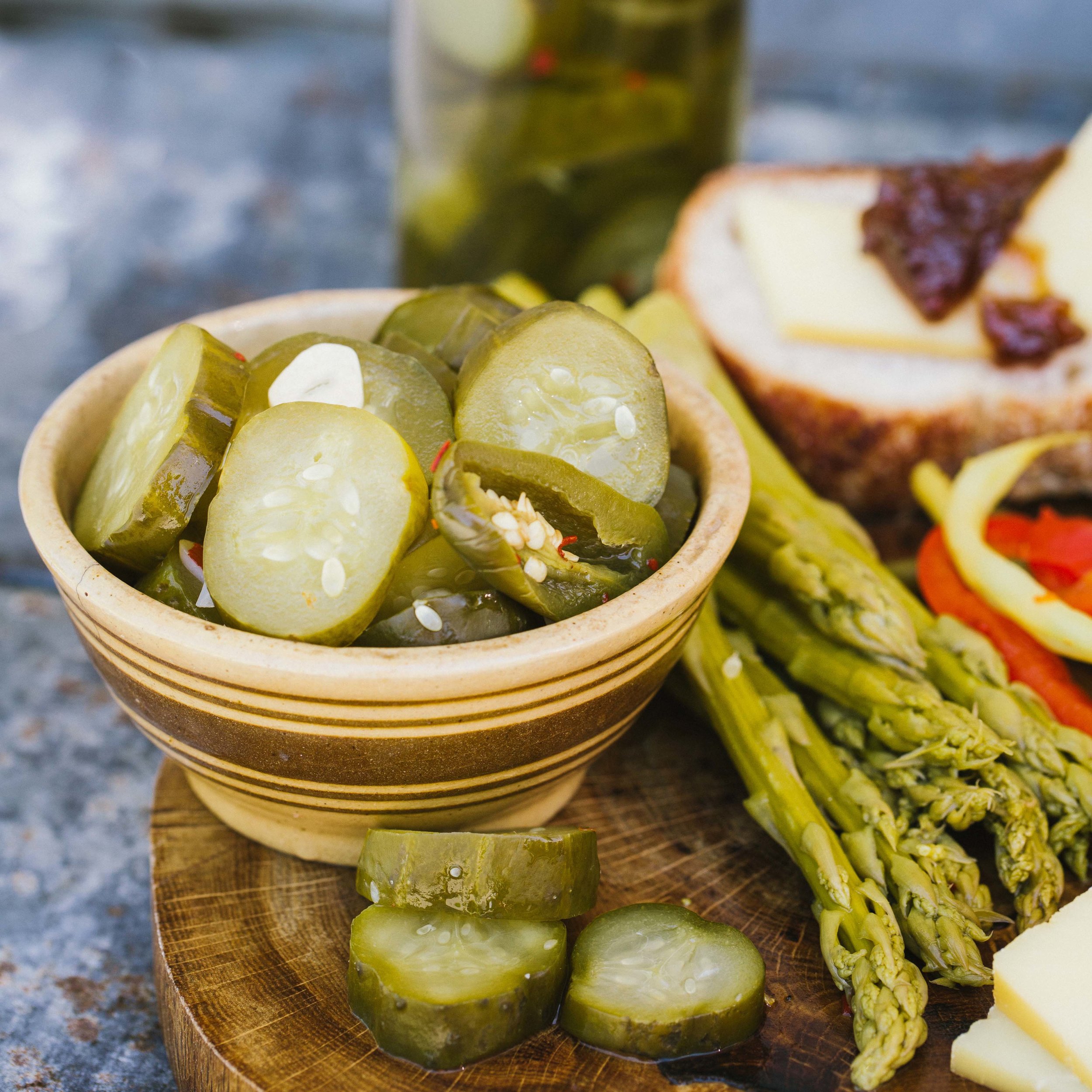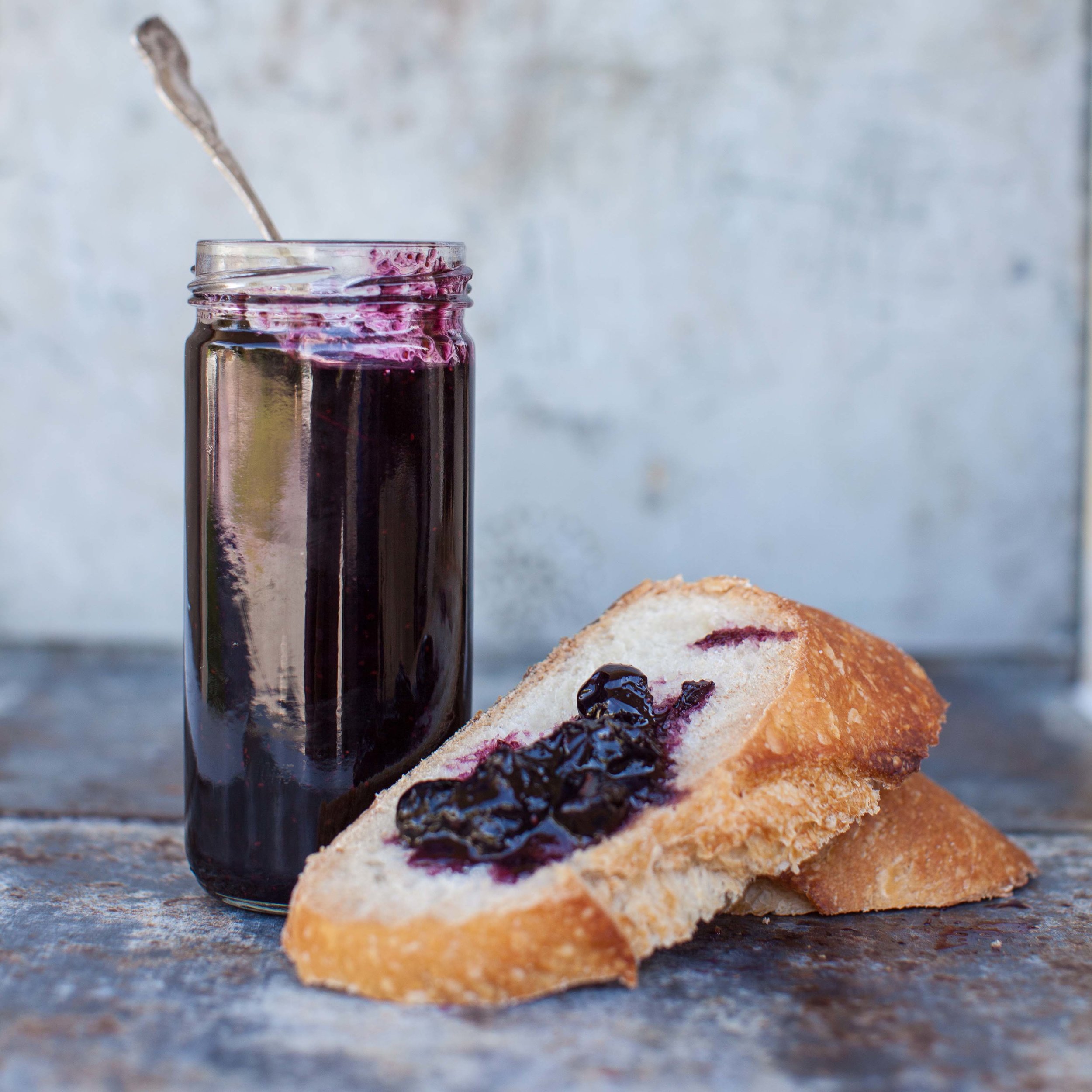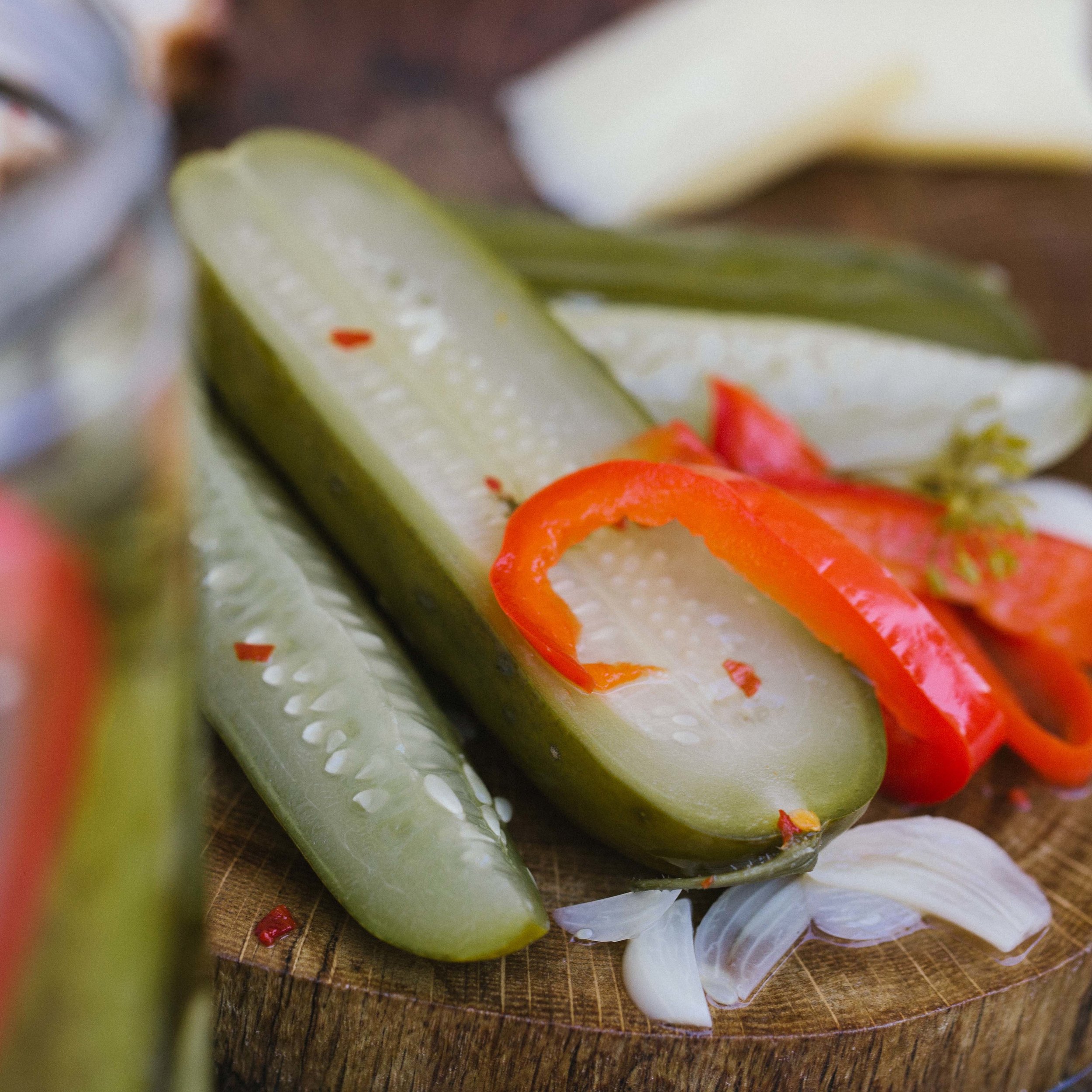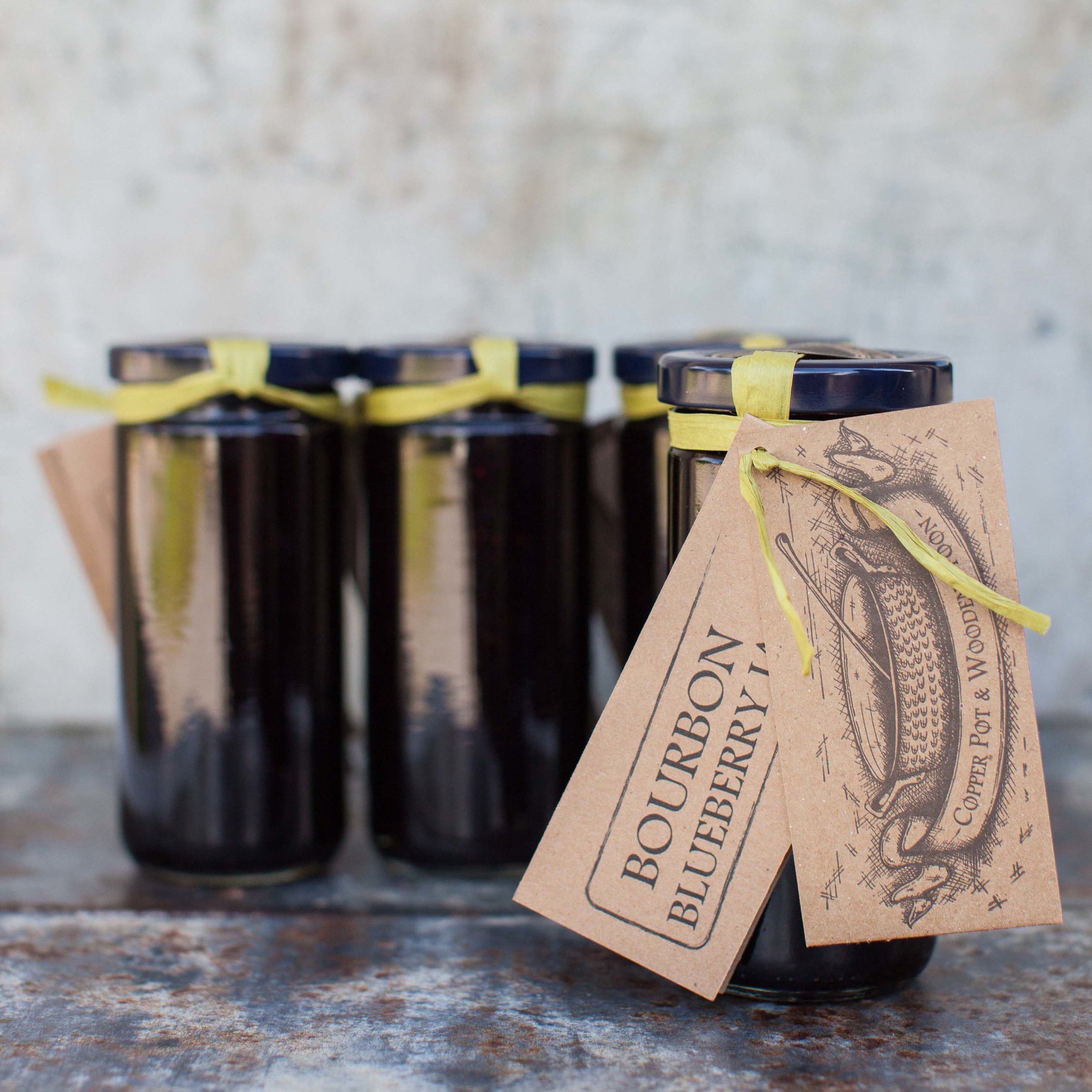These infused candied pecans get a kick from Crown Maple's Bourbon Barrel Aged Maple Syrup. Easy to prepare, you'll find a zillion ways to enjoy them this fall. They are a natural on top of vanilla ice cream or pretty much any apple dessert. Use as a decorative garnish for crème brûlée. Or toss them in a salad with bitter greens like escarole or peppery arugula dressed with a sherry vinaigrette. In the unlikely event you have any left, they'll keep in an airtight container for up to two weeks.
Boozy Maple Pecans
1 tsp. neutral oil such as grape seed or sunflower
1/3 cup pecan halves
Grease a baking sheet with the oil and set aside.
In a small heavy sauté pan, warm the pecans and syrup over low heat. Stir until the pecans are coated and have absorbed the syrup, 3 to 5 minutes.
Pour the pecans onto the baking sheet and spread them out to cool.
Sweet and salty with a boozy kick, this is our favorite chicken recipe for fall. Bourbon Barrel Aged Maple Syrup sends an ordinary chicken to new heights. The easy stove-top sauce works well for a whole roasted chicken or wings. Football anyone?
Bourbon Maple Chicken
Serves 4
1 whole chicken (3-4 pounds), or 16-20 chicken wings (4-5 pounds)*
Kosher salt and freshly ground pepper
2 tbsp unsalted butter
2 tbsp grape seed or other neutral oil
6 large sage leaves, finely chopped
1/4 tsp red chili flakes
Preheat oven to 375 degrees F.
Season the chicken liberally inside and out with salt and pepper. Set aside.
Choose a cast iron or other low-sided roasting pan that will hold the chicken snugly, but don't place the bird in the pan just yet. Instead, pop the pan in the oven to thoroughly heat up, about 10 minutes. (Placing a whole chicken in a super hot pan gives the dark meat a chance to cook faster than the white, giving you a shot at having it all ready at the same time.)*
Meanwhile, melt the butter with the oil in a small saucepan on the stovetop over medium heat. Add the sage and chili flakes. Cook, stirring frequently, until the sage begins to brown, 1-2 minutes. Add the maple syrup and stir for 2 minutes. If it starts to bubble, turn it down a bit.
Remove the pan from the oven and carefully place the chicken inside, breast side up. Give the sauce a quick whisk to fully blend it and pour it all over the chicken.
Roast the chicken in the oven for an hour, basting it every so often, until an instant-read thermometer registers 165 degrees F at the thigh. The skin should look slickly glazed.
Let the chicken rest 5-10 minutes before carving. Pour the pan juices over the sliced chicken before serving.
*To make wings, choose a sheet pan with a lip and skip step 3. Toss the wings with the sauce right on the sheet pan (parchment paper helps with the clean-up), and cook in a single layer for 45 minutes.
